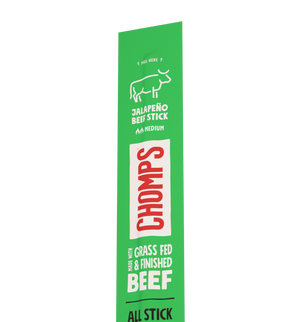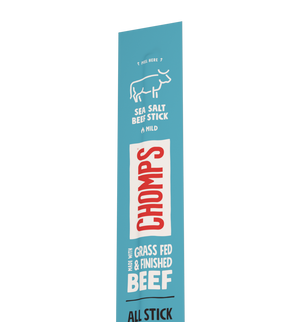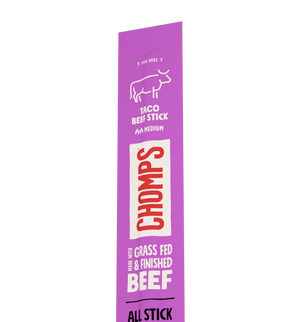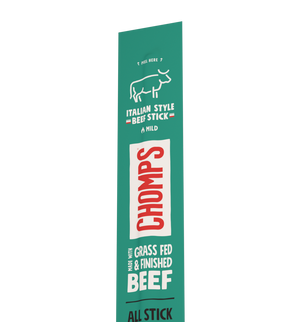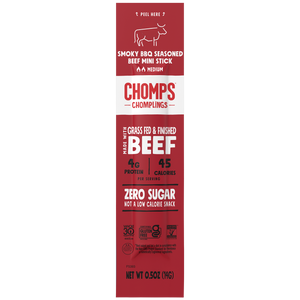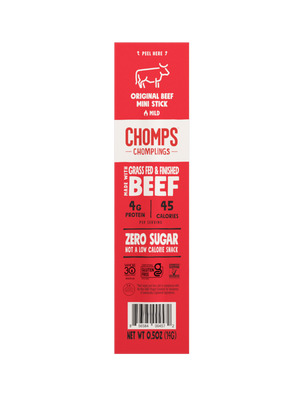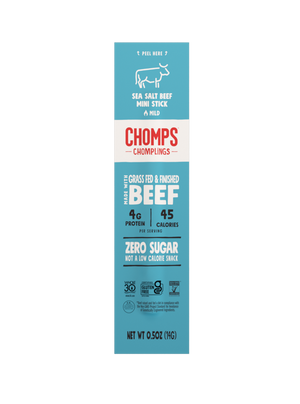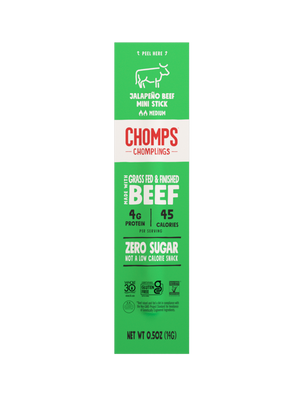What are omega-3 fatty acids and why should we care that grass-fed beef has more of them than grain-fed beef?
Omega-3 fatty acids are in the media spotlight because an increasing number of research studies—including a 2017 landmark clinical trial in Ireland—have come to the same conclusions about Omega-3's tremendous nutritional health and disease prevention value. Additionally, surveys show that consumers prefer products that are higher in omega-3's.
A Trio of Powerful Nutrients
Omega-3 fatty acids consist of three types of fatty acids—DHA, EPA, and ALA.
DHA (docosahexaenoic acid) and EPA (eicosatetraenoic acid) are basic building blocks for our overall health including the brain and eyes, proving lifelong support and cardiovascular health. DHA and EPA are not prevalent in cows, but they can be extracted from fish and algae.
ALA, the third omega-3 fatty acid, is found only in plants such as nuts, seeds, and the pasture grasses cows graze on. This fact is one of the primary reasons beef from grass-fed cows are loaded with nutrition.
Omega-3 fatty acids are so important to our health that we humans need all three of them to function and thrive.
Nutritional analysis shows that cows fed on grasses their entire lives produce a leaner beef than conventional grain-fed cows, yet their fat has higher amounts of omega-3 fatty acids, namely ALA. For example, a 3.5 ounce serving of grass-fed meat has approximately 80 milligrams of omega-3's which is double the amount found in conventional beef.
Better Feed for Animals. Better Food for People.
The old saying, "You are what you eat", normally refers to people, but these days it also refers to animals raised for food. Motivated by keeping profits high and costs low, factory farms feed beef cows an unnatural diet of GMO grains to fatten them up faster.
And it gets worse...
The cows are also being fed same-species by-products from diseased animals, candy, plastics, drugs, chemicals, and other unmentionably gross ingredients.
By contrast, grass-fed cows are raised outdoors on a steady diet of pasture grasses. They grow strong and healthy, and the meat they produce is loaded with nutritional benefits for us humans.
In addition to higher levels of omega-3s and other nutritional advantages, grass-fed beef benefits our planet, too. Well managed pastures cause less pollution of nearby waterways and use far less energy than factory farm operations.
It's no wonder sales of fresh grass-fed beef soared from $17-million in 2012 to $272 million just four years later.
A recent clinical trial in Ireland fed 161 participants a diet featuring the regular consumption of naturally enriched omega-3 chicken and eggs. After six months, researchers suggested that a diet rich in omega-3 fatty acids may reduce the risk of heart attack, stroke, dementia, and depression. Future studies will also focus on meat and pork.
Omega-3 in Grass-Fed Beef
Grass-fed beef has twice the amount of omega-3's as conventional beef, and it is mostly ALA, the omega-3 that isn't found in salmon and other fatty fish.


